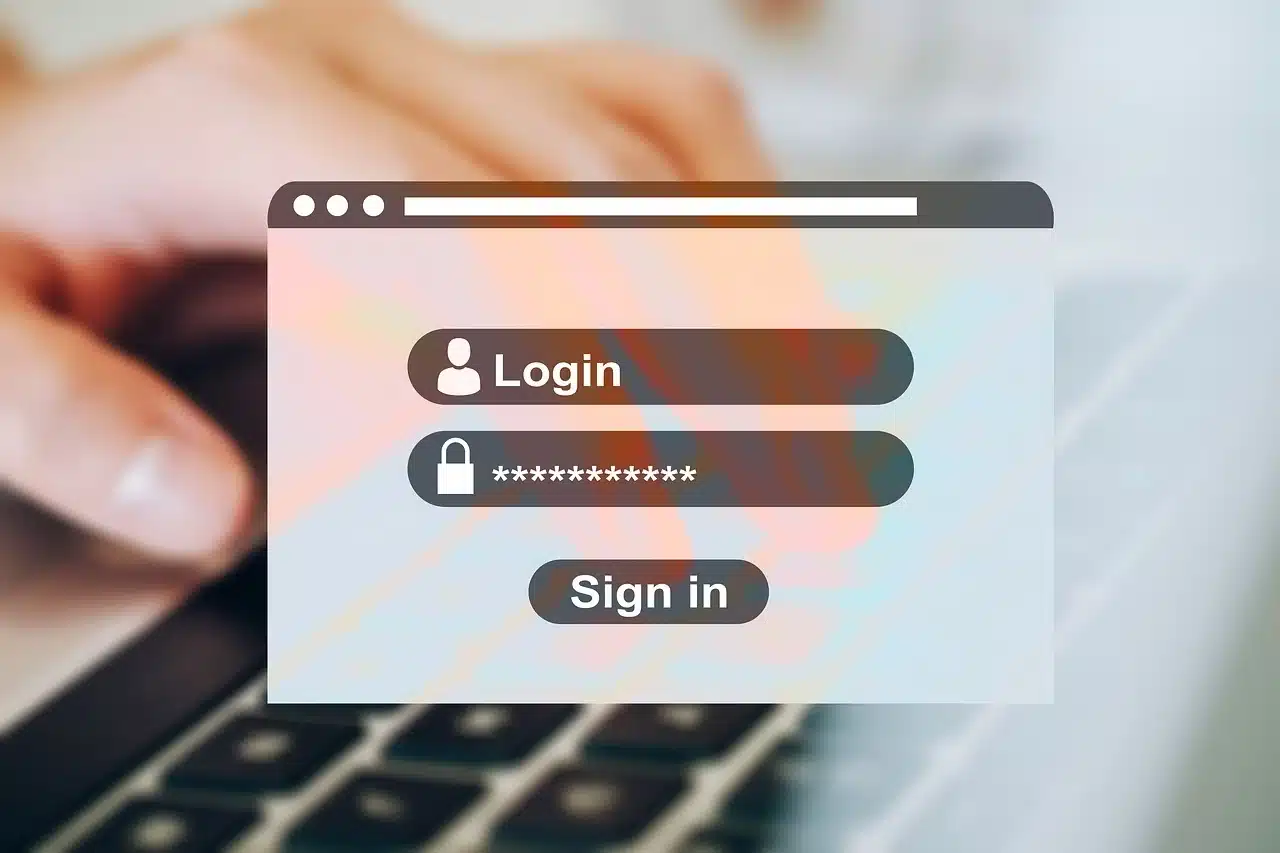
Getting Past The Pitfalls of One-Time Passwords (OTPs)
In the realm of digital security, one-time passwords (OTP) have gained immense popularity as a method to enhance authentication processes. These dynamic codes, typically sent to a user’s device, are designed to provide an additional layer of security by offering a temporary access code that changes with each login attempt. However, as we delve deeper into the landscape of fraud prevention, it becomes evident that while one-time passwords have their merits, there are serious downsides that can impact digital and account security, user privacy and user experience.
Vulnerabilities in the Delivery Channel: One of the primary issues with OTPs lies in the delivery method of these codes. Typically, OTPs are sent via SMS, email, or dedicated authenticator apps. Unfortunately, all these channels are susceptible to interception. SMS messages can be intercepted by SIM swapping attacks, while email accounts are often targeted through phishing attempts. Even authenticator apps, though more secure, can be compromised if the device itself is infected with malware. This renders the entire one-time passwords process vulnerable to attacks, potentially rendering the “one-time” nature of the password ineffective.
Dependency on External Services: OTP systems are heavily reliant on external services to generate and deliver these passwords. If the service provider experiences downtime or technical glitches, users can be locked out of their accounts, causing frustration and inconvenience. Moreover, if the provider’s servers are breached, hackers can gain access to a repository of active one-time passwords, effectively compromising users’ accounts.
Inconvenience and User Experience: While the primary goal of one-time passwords is to bolster security, they often come at the cost of user experience. Generating and inputting a new code for every login can be cumbersome, especially when users are in a hurry. Codes may time out and then the process has to be initiated again. In addition, when OTPs are the sole method of authentication, they become a single point of failure. If a user loses their known device or the device malfunctions, they might be locked out of their accounts without any backup method of access.
Limited Scope of Protection: OTP systems primarily defend against unauthorized access during the login process. However, they do not protect against other forms of attacks, such as data breaches or account takeovers that might occur after authentication. If a hacker gains access to sensitive data or changes account settings after the user has logged in, the OTP becomes irrelevant.
Social Engineering and Phishing: OTP systems are not immune to social engineering attacks. Hackers can manipulate users into revealing their one-time passwords through elaborate phishing schemes. These attacks often involve tricking users into thinking they need to input their OTPs on a fake login page, ultimately compromising their accounts.
The Merit of OTPs
Despite all these drawbacks, there are many benefits of OTPs that make it very hard for enterprises to get past their pitfalls and adopt other solutions.
- OTPs are ubiquitous. They can be sent to any device or email address.
- OTPs are simple. They do not require special knowledge.
- OTPs are already integrated into so many workflows. This last point makes them especially difficult to migrate from, since this would necessitate massive workflow changes.
Enhancing OTPs with biometric authentication
There are multiple ways to enhance OTPs with biometric authentication. By adding a selfie verification into the OTP flow, almost all of the risks are mitigated. In the world of authentication, best practices call for two factors (2FA) – something you have, something you know, something you are.
Biometrics meets the standard of something you are, which is the strongest factor as they are an inherent link to an actual identity. By adding biometrics into the OTP flow, it is possible to leverage the benefits of both without causing integration headaches or dramatically changing a user’s experience.
There are two options to incorporate biometric authentication into the one-time password flow:
– Send an OTP with a magic link that opens a browser to capture a selfie. Once the selfie is verified, the OTP is released and the user can enter it into the mobile or web application to continue their session. This option still has the risk of social engineering but does provide an enhanced level of assurance that the right person did receive the code, and so would be immune from a SIM swap or email account takeover attack. This option is also very attractive because it does not require any integration or change in any application interface.
– Send an OTP with a magic link that opens a browser to capture a selfie. Once the selfie is verified, the user is redirected to the web/mobile application. This option is much more secure as it maintains a closed loop from the biometric authentication into the application removing the risk of phishing and other social engineering. Integration can be as simple as a SAML interface or an API call.
In summary, one-time passwords have significant vulnerabilities but there are ways to get past the pitfalls by incorporating biometric authentication into the flow. In today’s rapidly evolving cybersecurity landscape, this multi-faceted approach is essential to ensuring comprehensive protection for users and their sensitive information.
To learn more, schedule a demo today.
